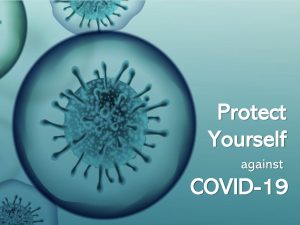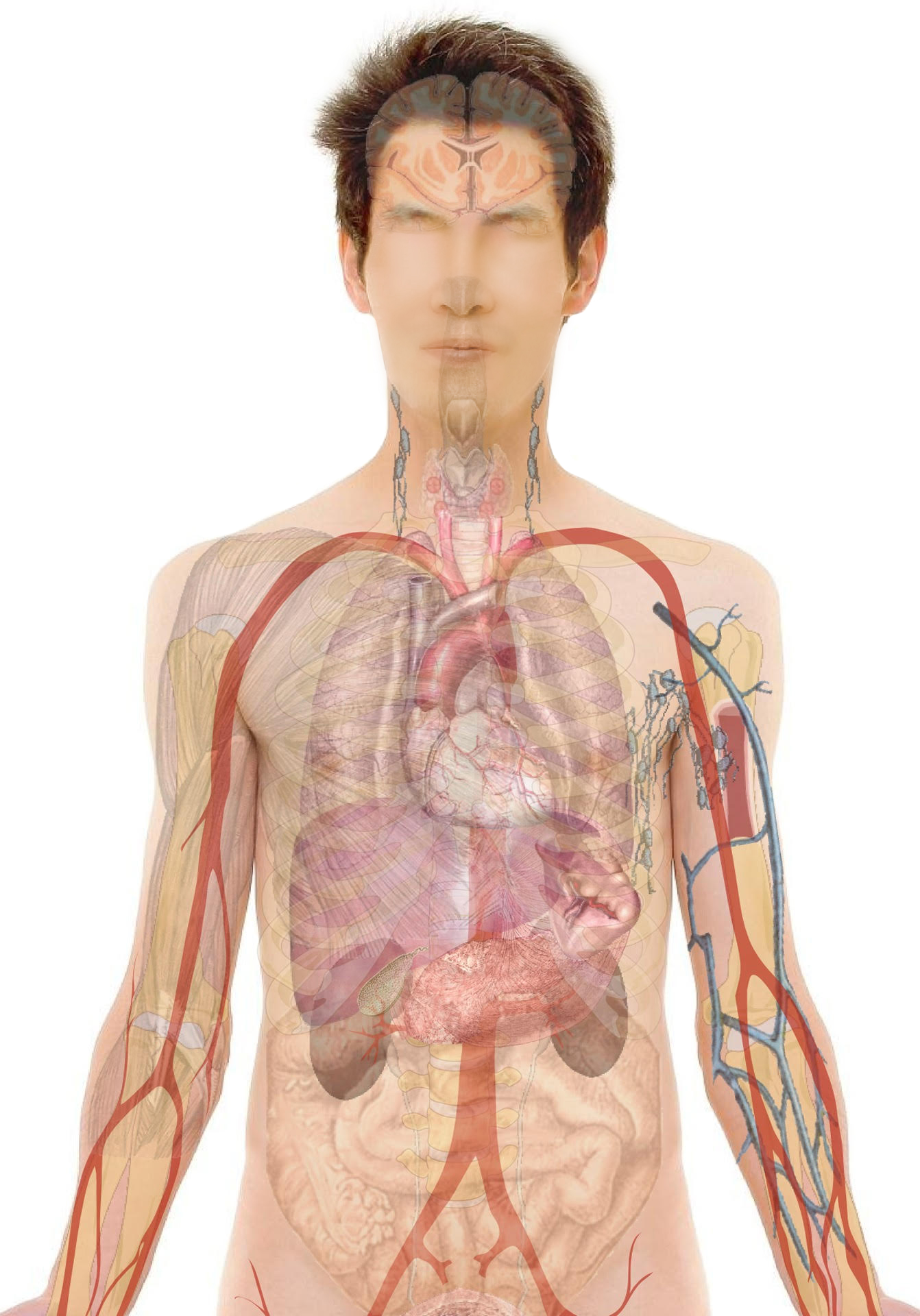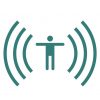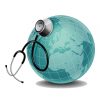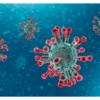Definition and Causes:
DEFINITION:
The irregular beating of the heart is also called an arrhythmia. Atrial fibrillation (AF) is the most common arrhythmia.
The heart is a muscular organ divided into 4 chambers (2 at the top called the Atria and 2 at the bottom called the Ventricles). The heart contracts (beats) and pumps blood with a regular rhythm. The heart may beat faster or slower along with shorter or longer intervals, but the intervals (or rhythm) between the beats remain constant. The rhythm results from the electrical impulses which travel through the heart and make the heart muscle contract. In some individuals the coordination of the electrical impulses in the atria “malfunction” such that a normal rhythm cannot be maintained and this can lead to quivering/shaking of the atria which is AF.

CAUSES:
- Advancing age: Affects less than 1% of those under 50 years old and ~10% of those greater than 80 years old
- Physical or emotional stress
- High blood pressure (also called hypertension)
- Heart diseases: Heart surgery, previous heart attack, angina, or those with heart valve problems
- Lung disease: Such as blood clot in the lungs (also called pulmonary embolism)
- Medications/drugs such as caffeine, alcohol, tobacco
- Overactive thyroid gland (hyperthyroidism )
- Family history of AF
Symptoms:
Many patients have no symptoms (referred to as asymptomatic) and AF may be discovered during a routine medical examination.
The most common complaint of AF is palpitations, an uncomfortable, rapid and irregular heartbeat, which usually makes patients anxious.
Symptoms may vary from person to person and may include:
- Exercise intolerance/ weakness
- Fatigue
- Dizziness
- Lightheadedness
- Fainting
- Shortness of breath
- Chest pain
- Stroke
AF can lead to stroke:![]() One of the most important symptoms of AF is Stroke. Normally, blood enters the heart through the atria and is then pumped into the lower chambers (or ventricles), before being pumped again to the brain and the rest of the body. However in AF, because of the shaking of the atria, the blood flow slows down and can lead to the formation of blood clots within the atria. These clots then flow into the ventricle and can be pumped out of the heart to any part of the body, and the brain in particular. When a blood clot blocks a blood vessel in the brain a stroke occurs. Consequently, the presence of AF increases the risk of stroke.
One of the most important symptoms of AF is Stroke. Normally, blood enters the heart through the atria and is then pumped into the lower chambers (or ventricles), before being pumped again to the brain and the rest of the body. However in AF, because of the shaking of the atria, the blood flow slows down and can lead to the formation of blood clots within the atria. These clots then flow into the ventricle and can be pumped out of the heart to any part of the body, and the brain in particular. When a blood clot blocks a blood vessel in the brain a stroke occurs. Consequently, the presence of AF increases the risk of stroke.

Investigations and Treatment:
INVESTIGATIONS:
In general, people are not usually screened for atrial fibrillation, unless they have symptoms that might suggest this condition or a healthcare professional (or patient) detects an abnormal pulse that might raise the suspicion for AF. Also, since the incidence of AF increases with age, doctors may obtain ECG (Electro-Cardio-Gram) during office visits to complement their physical examination. If AF is detected, this may help doctors to select an appropriate treatment plan which might include drugs to help
- Control heart rate (speed at which the heartbeats)
- Control heart rhythm (in some case drugs can be used to switch the heart from AF back into a normal rhythm)
- Use “blood-thinning drugs” to help prevent the formation of blood clots and reduce the risk of stroke
For those patients suspected of having AF, the following tests may be requested:
- ECG (Electro-Cardio-Gram): During an ECG, small patches with wire connections are attached to the skin across the chest, arms, and legs. These detect the small electrical signals from the beating heart muscle which can be displayed on a screen, or printed, allowing the physician/healthcare professional to examine the patient’s heart rhythms
- Holter Monitor: This test might be considered a “continuous ECG”. Patients wear a device that records heart rhythms during daily activities for 24, 48 or 72 hours
- Telemetry: Similar to a Holter monitoring, but with the heart rhythms continually displayed on a monitor. Usually used for in-patients most often within an emergency department, cardiac care unit or intensive care unit
- ECHO (Echocardiogram): An ultrasound of the heart which can show the heart valves and chambers (atria and ventricles) as well as blood flow
- Transthoracic ECHO (TTE): This is conducted across the chest wall. With the patient lying on an examining table a small amount of gel is placed on the left chest and a probe is used to generate sound waves which are then used to create an image of the heart structures
- Transesophageal ECHO (TEE): Conducted through the mouth. Patients may be mildly sedated and throat numbed (anesthetized). A narrow tube with a small probe is passed down the throat into the esophagus and an ultrasound image of the heart obtained
- Chest X-Ray: Used to look for an enlarged heart, or accumulation of fluid in the lungs
- Laboratory tests: There is no blood test that can confirm atrial fibrillation. However, some blood tests might help show if there has been recent heart injury, check the level of some drugs used to control heart rhythm or check on the levels of certain types of “blood-thinning” drugs e.g. warfarin. Patients on warfarin will have their international normalized ratio “INR” checked on a regular basis, and the warfarin dose will be adjusted depending on the INR level in the blood
Following type of blood tests may be ordered, for the specific reason
- Thyroid function tests for hyperthyroidism: This condition can sometimes trigger AF
- Complete blood cell count: Used to check for hemoglobin and platelets. This is particularly important since patients with very low hemoglobin (anemia) or platelets may not be able to receive “blood-thinning” drugs until these conditions are corrected
- International normalized ratio (INR) or Prothrombin time (PT): The latter is less commonly used. For patients using warfarin (Coumadin) to prevent blood clotting, these tests show how well the drug is working. Also allows a healthcare professional to adjust the warfarin levels
- Digoxin drug level (in patients taking this medication)
- AF can sometimes occur in conjunction with heart injury/attack. Some proteins are elevated in the blood during or just after a heart attack (e.g. troponins and creatinine kinase [CK])
- Sodium and potassium levels: Sometimes changes in the normal electrolytes within the blood can also lead to irregular heart beating
TREATMENT
Treatment may involve
- Resetting of the heart rhythm (known as cardioversion)
- Controlling heart rate
- “Blood-thinning” medications to avoid blood clots
(1) Resetting of Heart Rhythm:
Cardioversion:
- Cardioversion using drugs (pharmacological cardioversion):
Doctors may prescribe a class of drugs known as anti-arrhythmic that is designed to induce and maintain normal heart rhythm. Drugs will generally be administered at the hospital either orally or intravenously (IV). Patients may be required to continue taking medication at home to prevent the reoccurrence of AF. - Electrical cardioversion:
The patient is given anesthetics to numb pain and a brief electrical shock is applied to the chest, which resets the beating from irregular to regular (normal) rhythm. - Ablation therapy:
Within the heart muscle, there is a small collection of nerves (called the AV node) that controls the heart rhythm. Small tubes called catheters are inserted into the blood vessels in the upper leg/groin area, neck, or below the collar bone. The catheters are navigated into the heart and can be used to locate and destroy (or ablate) the region responsible for causing the irregular heartbeat. - Surgical maze procedure:
In this open-heart surgery procedure, small incisions are made into the walls of the atrium in order to create scar tissue. This is intended to block the conduction of electrical signals responsible for the irregularities in the heartbeat. Some patients may require a pacemaker after this procedure. - Maintenance of rhythm with medication:
After electrical cardioversion, a number of drugs may be prescribed to maintain a normal rhythm.
(2) Heart Rate Control:
- AF can cause the heart rate to rise above the normal range of between 60 to 100 beats/min, and may require medications or other techniques and interventions (ablation/pacemaker) to help control heart rate
- Medications: These may include drugs such as digoxin, beta-blockers (e.g. metoprolol, propranolol) and calcium channel blockers (e.g. diltiazem, verapamil)
(3) Clot Prevention:
- “Blood-thinning” drugs known as anticoagulants (e.g. apixaban, dabigatran, edoxaban, rivaroxaban, warfarin) may be prescribed to selected patients with AF to help prevent the formation of blood clots and lower chances of suffering a stroke
Some commonly used oral medications in AF are as follows:
**NB: Other trade names may exist for these agents.
1a. **Rhythm controlling agents (antiarrhythmics):

2a. **Rate controlling agents:

3a. **Clot preventing agents:

NOTE: While there are potential side effects from using these medications, there are also the effects of untreated AF-which include palpitation, fainting, and stroke. The latter is associated with death, disability, and poor quality of life. Consequently, the treating physician will assess the side effect risks versus the benefits of the medications to help control symptoms and reduce the risk of blood clot formation and stroke. If the patient has other medical conditions or using other medications, these are taken into account when prescribing medications. The patient is advised to take note of and report potential side effects to the treating physician.
Risk Factors and Prevention:
Non-modifiable risk factors:
- Aging
- Family history of AF
- History of heart disease (previous heart attack, enlarged heart, abnormal heart valve)
Modifiable risk factors:
- High blood pressure
- Reduce salt intake
- Exercise
- Weight loss
- Comply with prescribed medications
- Elevated thyroid (hyperthyroidism)
- Comply with medical/surgical management to reduce thyroid levels
- Binge drinking-excess consumption of alcohol
- Avoid or eliminate, excessive alcohol consumption
- Excess caffeine intake
- Reduce consumption
Outcome:
- Depending on the cause of atrial fibrillation (AF), it may be a one-time episode or there may be a possibility of recurrence
- For AF patients overall outcome is usually good with lifestyle changes and adherence to medications
- Stroke is one of the most important complications of AF, which may occur from blood clot formation within the heart, dislodging into the bloodstream and ending up in the brain
- Patients may be directed to use drugs (anticoagulants) in most cases indefinitely, to prevent blood clot formation


